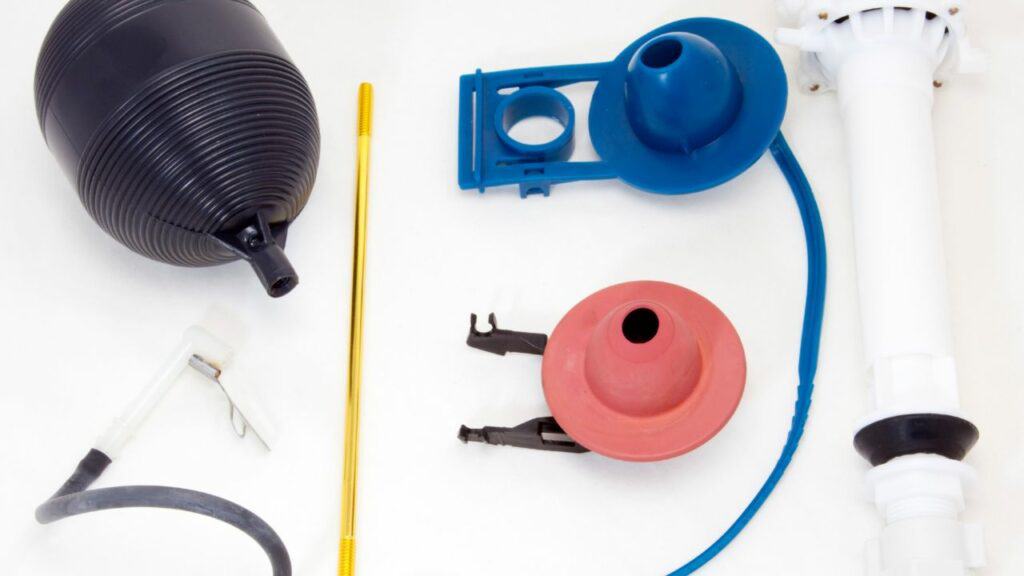When choosing between a shower bench and a shower chair for bathroom safety, one must consider their needs for stability and comfort.
A shower bench is usually a fixed or foldable seat that offers a larger seating area and is built into the shower. It provides a solid surface to sit on or perform hygiene tasks.
A shower chair, on the other hand, is a free-standing, portable seat that is easy to move and store, making it suitable for those who need a flexible seating option.
Both are designed to improve the bathing experience for the elderly, people with disabilities, or anyone who prefers to sit while showering.
The choice depends on the amount of space available, the level of support required, and personal preference.
Defining Shower Bench and Chair
A shower bench is a fixed, long seat that is placed so that one end is inside the bathtub and the other is outside. It allows users to sit down and then slide into the tub. This is particularly useful for those with limited mobility or a high risk of falling. Shower benches are made from materials like aluminum and plastic, which are resistant to corrosion and easy to clean.
A shower chair is a movable seat that is smaller and fits within the shower stall. It is designed for individuals who need to sit while showering and may not be able to stand for long periods. Shower chairs vary in design, with some featuring backrests and armrests. They are suitable for smaller showers due to their compact size.
Both shower benches and chairs provide support for those who need it when showering, but they serve different needs and fit different spaces. It is important for users to consider their own needs and the size of their bathroom when choosing between a shower bench and a chair.
Comparing Stability and Support
Shower benches, such as transfer benches, allow safe movement from standing outside the bathtub to sitting inside, crucial for those with limited mobility to prevent falls. These benches are wide, providing greater stability, and often have adjustable height legs for various tubs and user needs. Some are reversible to fit different bathroom layouts.
Shower chairs are for use inside the shower and cater to those needing a seated option without the need for transfer support. They can have suction cups to secure them in place and side rails for additional balance support. A waterproof walker can also be used with a shower chair for more stability when entering or exiting the shower.
In deciding between shower benches and chairs, consider the user's stability needs and support features to ensure a safe and comfortable showering experience.
Space Requirements and Installation
When choosing between a shower bench and a shower chair, it's important to assess both the available space in your bathroom and the installation requirements. A Tub Transfer Bench, a type of shower bench, needs more space as it extends outside the tub. Ensure you have enough room by measuring your bathroom before deciding on this option. Installation can be simple, but some benches may need tools for assembly.
Disassemblable shower benches are good for those with limited storage, as they can be taken apart quickly. These are often made from materials like aluminum and plastic, which resist corrosion and provide stable support, possibly more so than shower chairs. Fixed shower benches might need professional installation due to their complexity.
Shower chairs save space and are suited for smaller showers. They are typically freestanding, easy to move, and store. Installation is usually tool-free and can be done without professional help, making them convenient for those who prefer an easy-to-set-up seating option.
Material and Maintenance Considerations
When selecting shower benches or shower chairs, durability and maintenance are crucial. Each type has advantages in terms of materials for longevity and upkeep, impacting user experience.
Transfer benches are usually made with aluminum frames and plastic seats. Aluminum resists corrosion, making it suitable for the damp bathroom environment. Plastic seats are durable and easy to clean, important for maintenance. Some transfer benches can be disassembled for easier cleaning.
Shower chairs are often constructed from strong, lightweight plastic that is easy to move and clean, requiring little upkeep. Their legs may have suction cups to prevent slipping and reduce maintenance.
Both shower benches and chairs offer a secure seat in the shower. The choice between them depends on balancing material benefits and maintenance needs with individual requirements for a safe and comfortable shower experience.
Assessing Cost and Accessibility
When evaluating the cost and accessibility of shower benches versus shower chairs, it's important to look at both the upfront cost and potential long-term savings. Knock-down shower benches are affordable and can be easily taken apart for storage or temporary use, offering a budget-friendly choice. They also allow for safe showering without a permanent installation.
Shower chairs often feature adjustable legs and suction cups for stability, which can increase the price but also improve safety and possibly prevent future medical costs due to accidents. Adjustability also means the chair can fit various users and bathrooms.
For accessibility, it's important to consider how easy it is for a person to use the shower seat. Transfer benches make getting into the shower safer for those with limited mobility by reducing the need to step over bathtub edges.
Consulting with a physician before purchasing a shower bench or chair can help ensure the product meets the individual's specific requirements, making the investment more effective for safe and independent showering.




